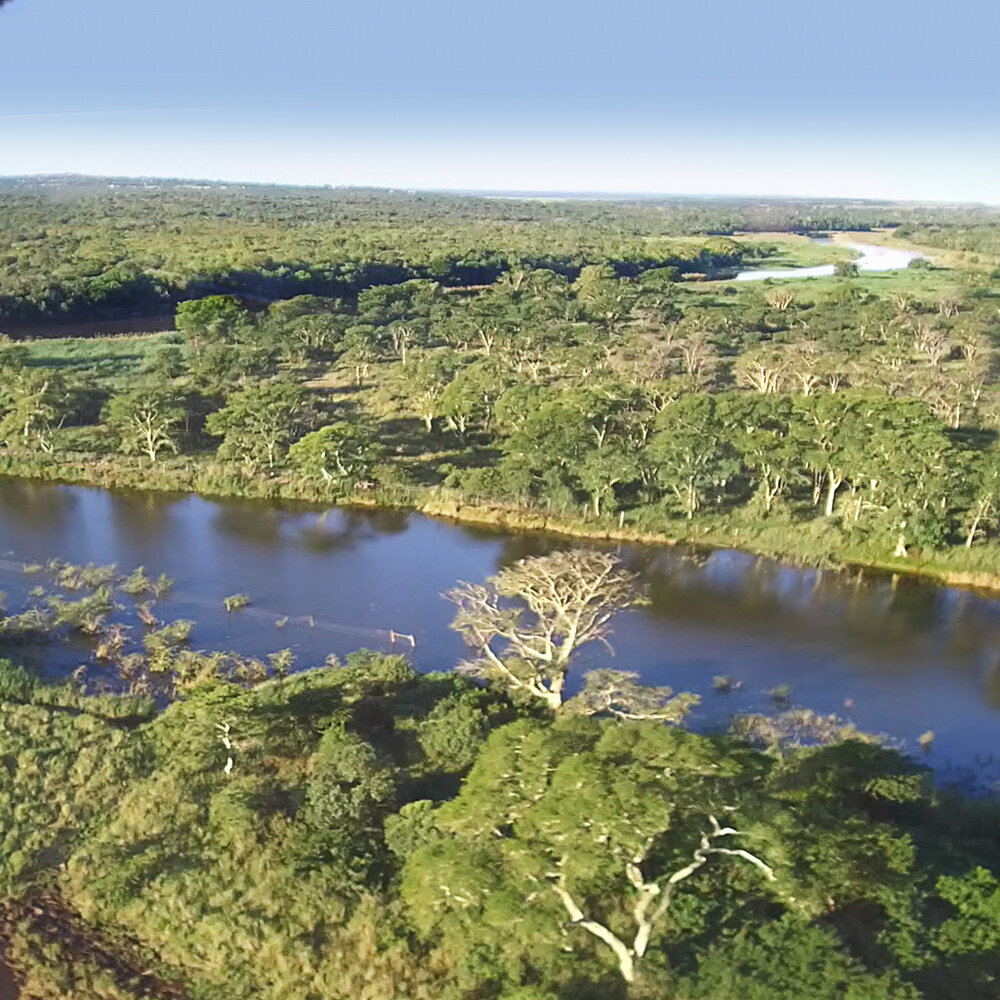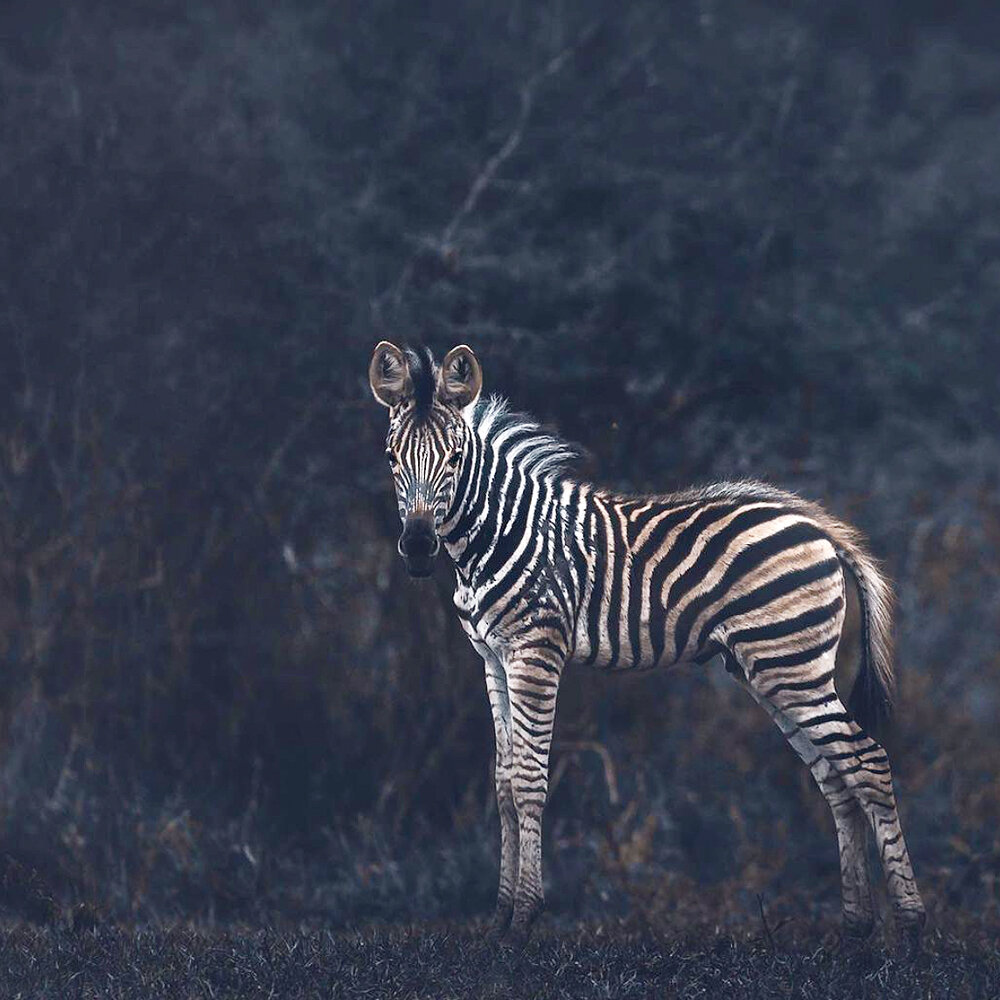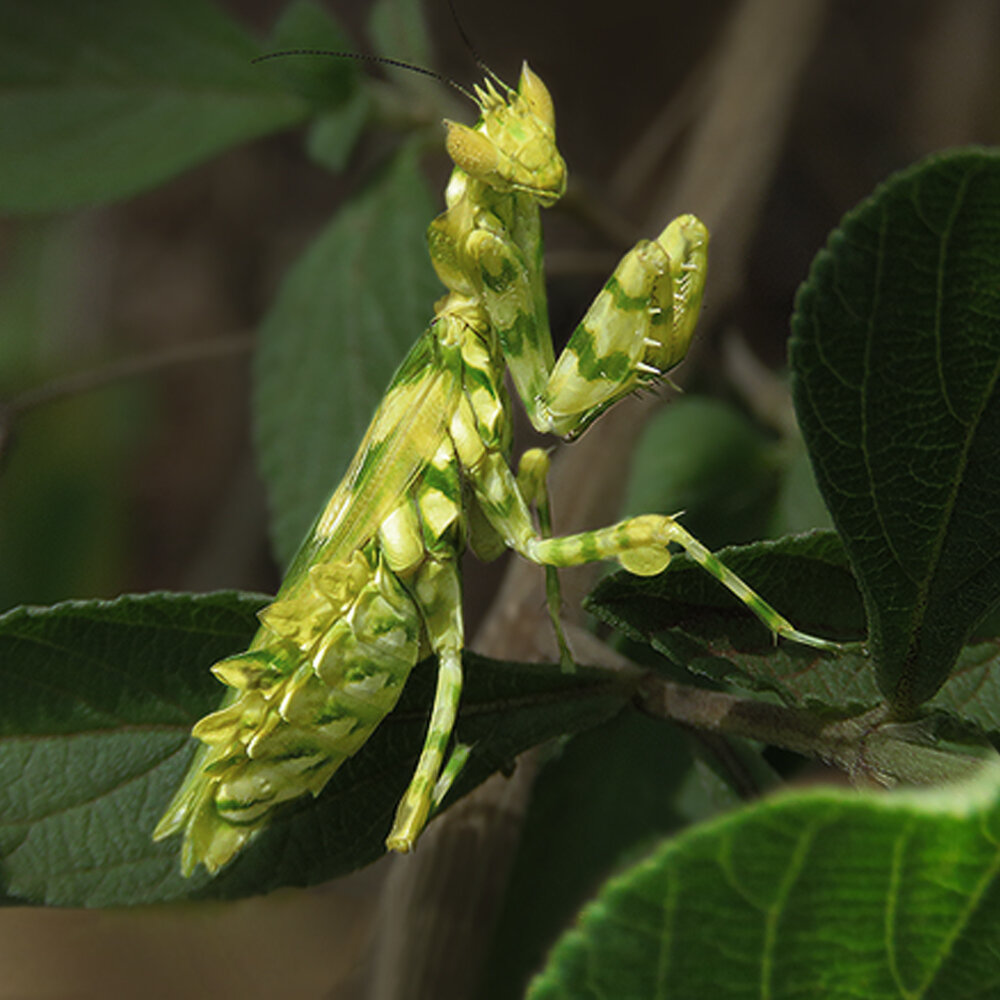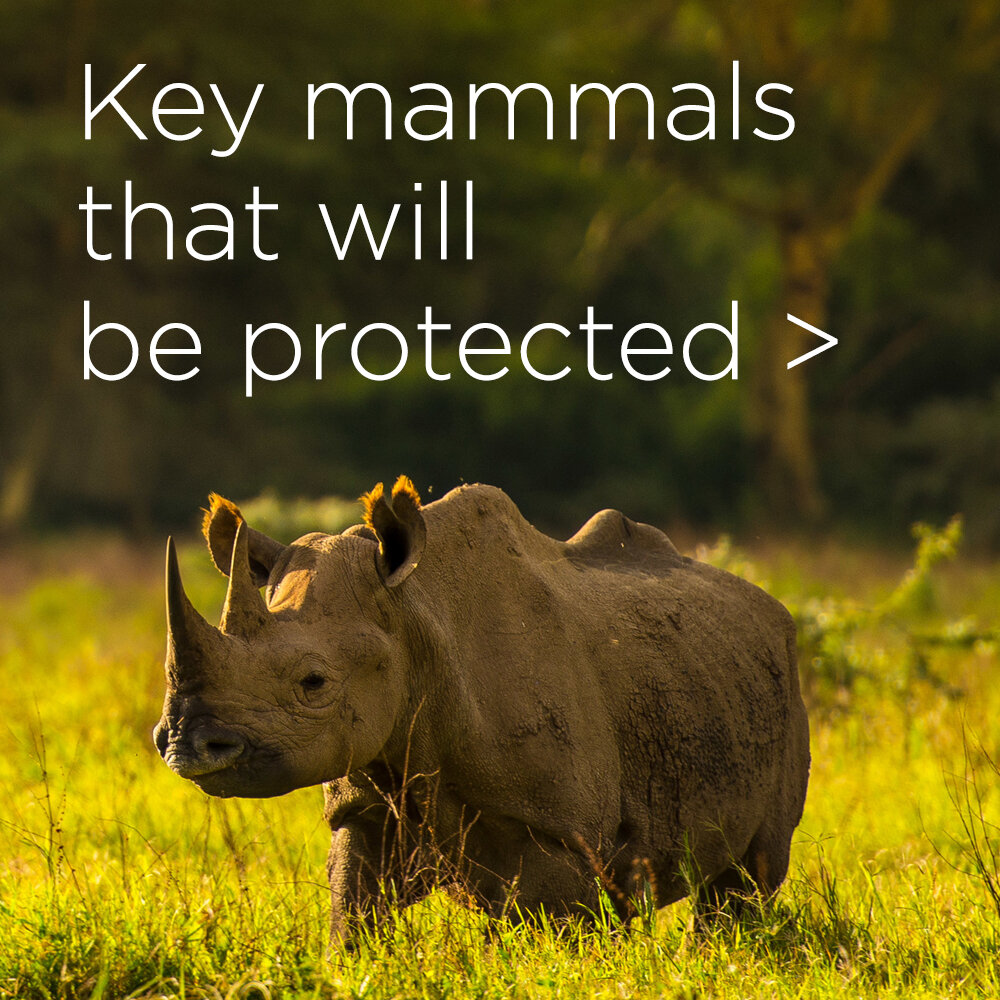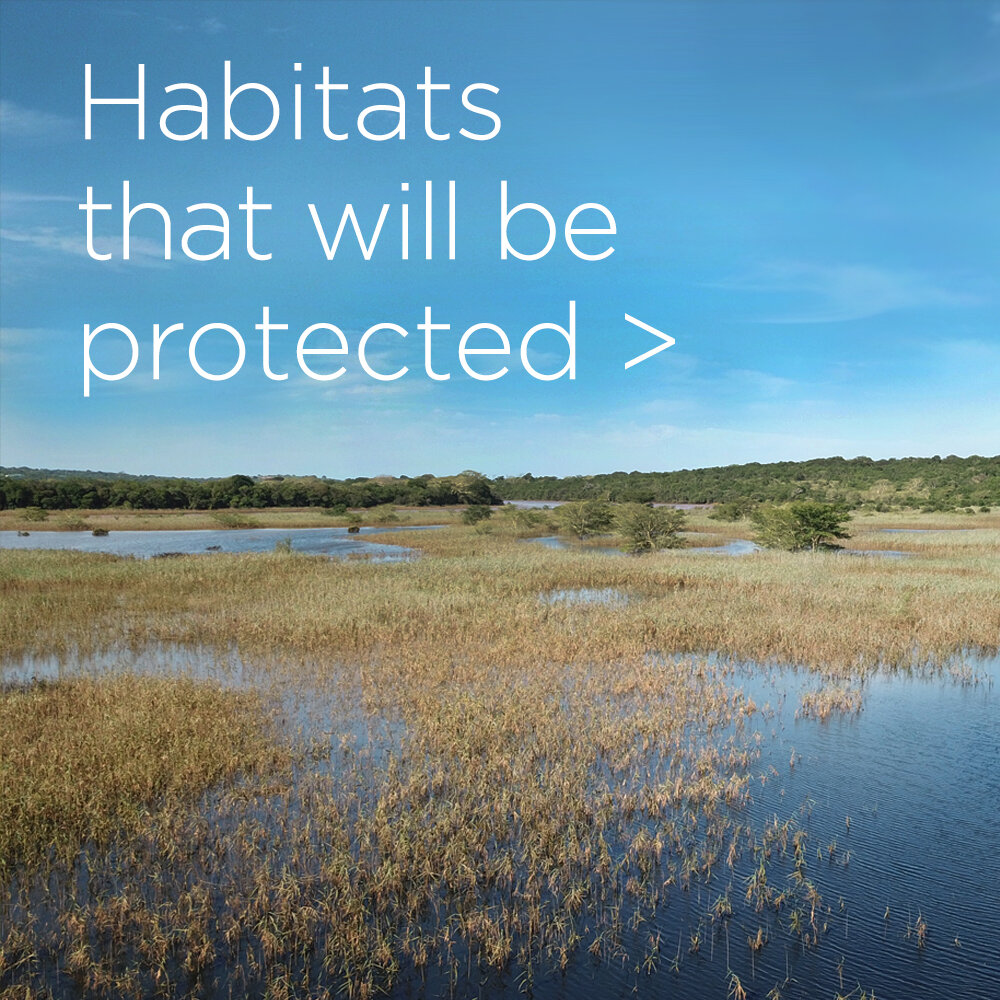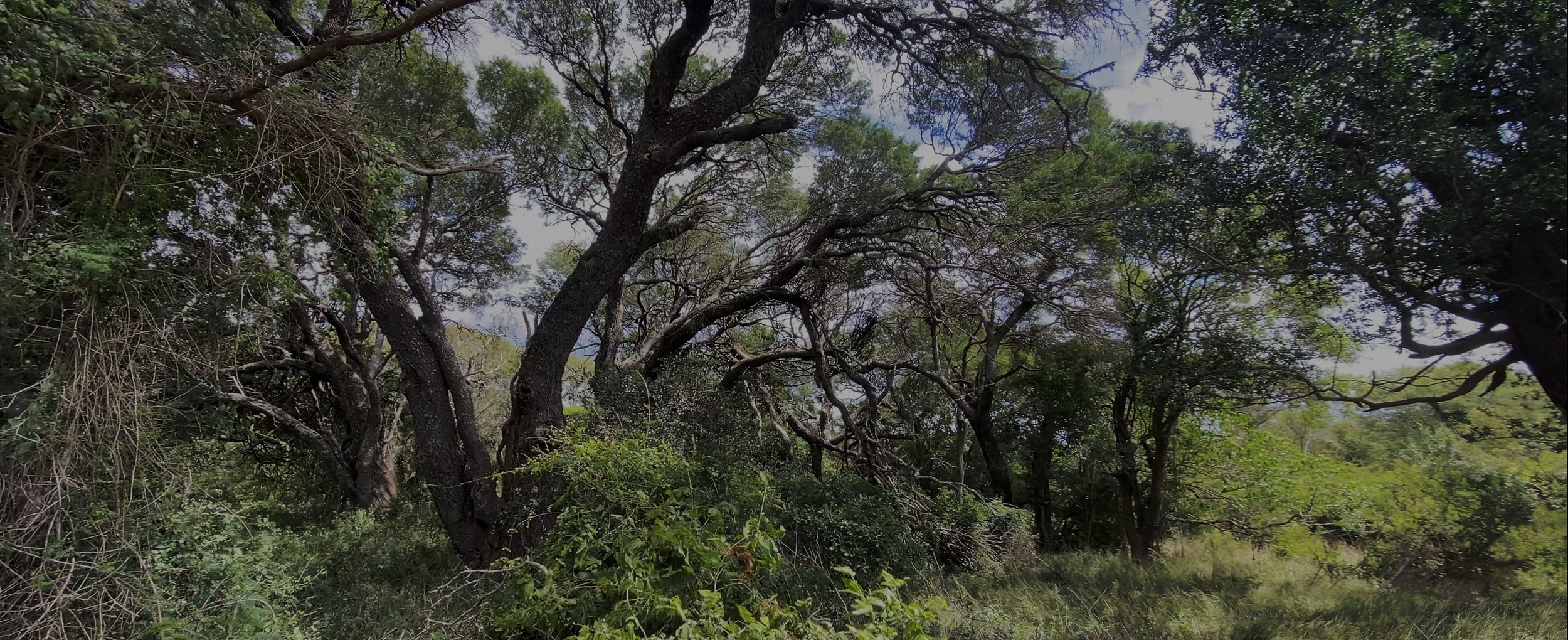
It is the most endangered forests that, by virtue of their disappearing habitat, are places of last refuge for rare and endangered species. That’s why protecting and restoring Africa’s remaining patches of critically endangered Sand Forest is vitally important.
Sand forests in Africa are restricted as fragmented patches in the Maputaland-Pondoland-Albany Global Biodiveristy Hotspot which stretches from north-eastern KwaZulu-Natal, South Africa to southern Mozambique. It is estimated that 70% of this ancient forest has been lost, cleared for pineapple farming, eucalyptus plantations, and human settlements. Of the 3.540 hectares of sand forest remaining, only an estimated 44% is currently protected.
Sand Forest plays an important role in global biodiversity, as a place of last refuge for many endemic or near endemic flora and fauna species (in other words, species found only in this special forest). It is crucial to restore these patches and maintain their protection, as each patch contributes to the genetic component of sand forests as a whole. The Sand Forest is also important to protect the cultural heritage of the Zulu people. More than 30% of sand forest plants are used in traditional Zulu medicine to treat a wide variety of ailments. Plants can also have magical uses to ward off evil spirits or to be used as love or protection charms. There are also many edible berries, plums, and large fruits found in sand forests.
Wild Tomorrow is working to protect, restore and re-wild critically endangered sand forest in KwaZulu-Natal South Africa. We are excited to tell the story of the sand forest, driving much-needed support globally to protect and restore this critically endangered habitat.
In the presence of giants
Sand forest is a subtype of tropical dry forest. It is a unique and fragile forest that grows on the remnants of sand dunes left behind when the ocean receded eastward to the current coastline millions of years ago. It covers a smaller area than any other forest type, is extremely rare and as such, its protection is vitally important. Today, only 3,540 hectares of Sand Forest are estimated to remain, of which only 44% is protected. As a result, this forest habitat is critically endangered.
Wild Tomorrow Fund’s Greater Ukuwela Nature Reserve, officially declared as a protected area in June 2021, added an additional 10 hectares (25 acres) of Sand Forest under legal protection in South Africa. However, these remnant areas of sand forest have been damaged by prior cattle farming and the unmanaged take-over of invasive plants, meaning it requires active restoration.
Sand forests are at greater risk for habitat loss due to their already fragmented nature. If sand forests continue to shrink, genetic diversity and entire species could be lost. For sand forest conservation, it is important that as many patches are conserved as possible due to the high biodiversity found in each patch. Conserving only one patch will not conserve all of the genetic components of sand forests.
Wild Tomorrow Fund hopes to apply lessons from the restoration effort to other areas of remaining, degraded sand forest across the region, a breath of hope for this very endangered forest.
Kevin Joliffe, Reserve Manager at Wild Tomorrow Fund South Africa said, “It is very exciting and rewarding to see this critically endangered forest coming to life again.”
Saving this endangered forest will benefit many rare plants and animals found only in this habitat (endemic to the forest):
Read updates about our sand forest restoration work on our blog:
Planting Begins at Ukuwela’s Sand Forest 24 October, 2022.
Restoring Sand Forest with L’Occitane August 1st, 2022





